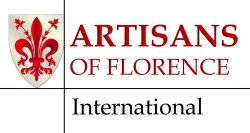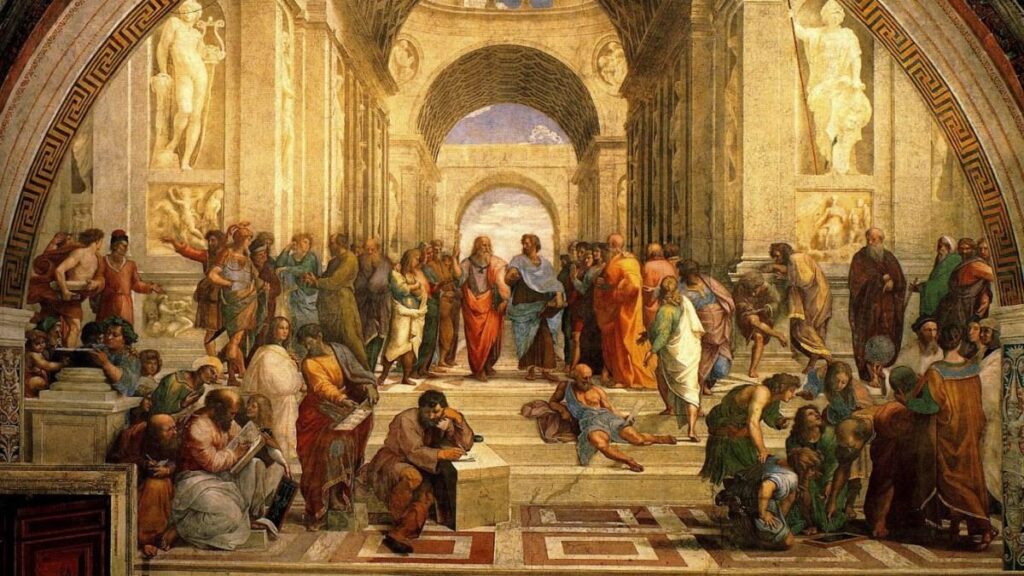Raphael\’s masterpiece, The School of Athens (1509 – 1511) is a who\’s who of influential philosophers, mathematicians and scientists spanning 2000 years of Western civilisation.
With Plato and Aristotle as the central figures, the iconic fresco has come to symbolise the connections between art, philosophy and science. Framed by the impressive arch and dwarfed at the feet of the marble statues are Pythagoras, Euclid, Ptolemy, along with a \”cameo\” self-portrait of Raphael himself.
Creativity and innovation require what in modern times have been separated and labelled as science and art.
Critical thinking and problem-solving are as much prerequisites in the field of arts practice as they are to scientific inquiry.
The iterative nature of the scientific method relies on the imagination. Breakthroughs in science seem to happen out of the blue, but they never are. They are the result of deep thinking, acute observation, meticulous measurement, and rigorous experimentation.
This realisation now seems revolutionary but 500 years ago Leonardo da Vinci and Michelangelo knew it. Galileo too couldn\’t have made his breakthrough scientific discoveries without it. Over 2000 years ago Archimedes taught us the importance of inventing experiments to test hypotheses.

